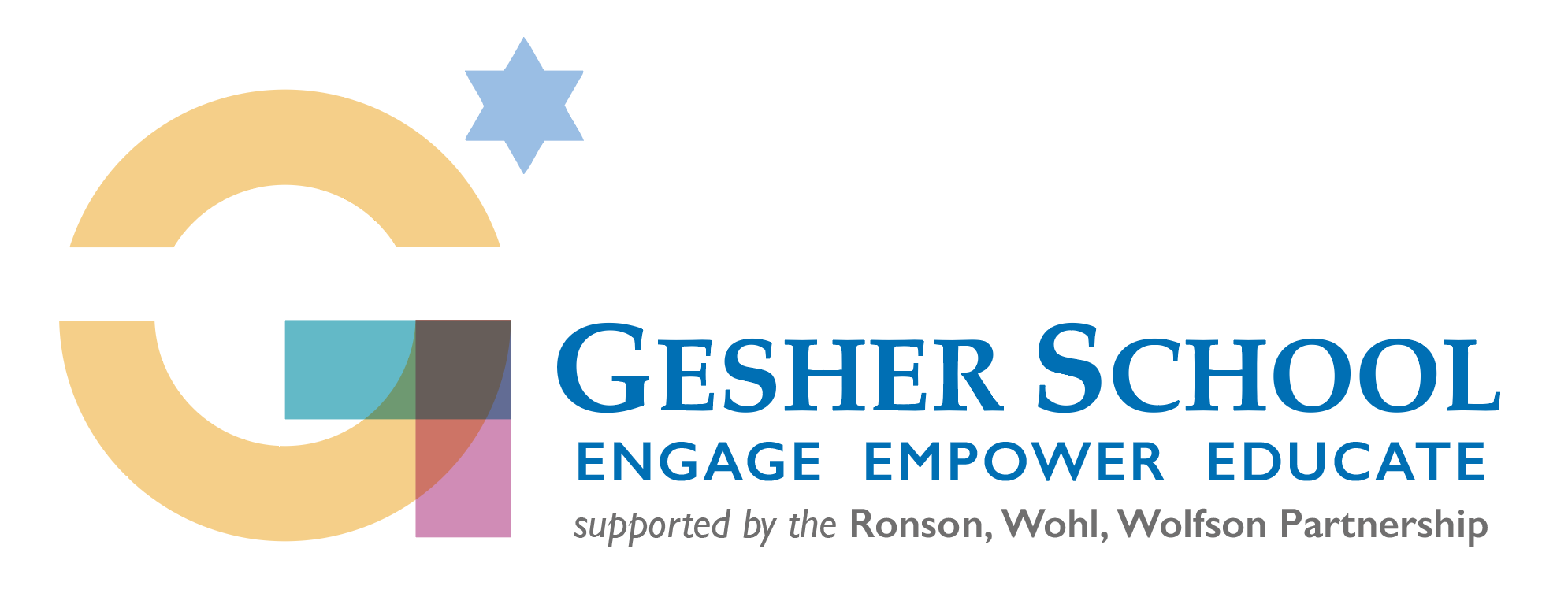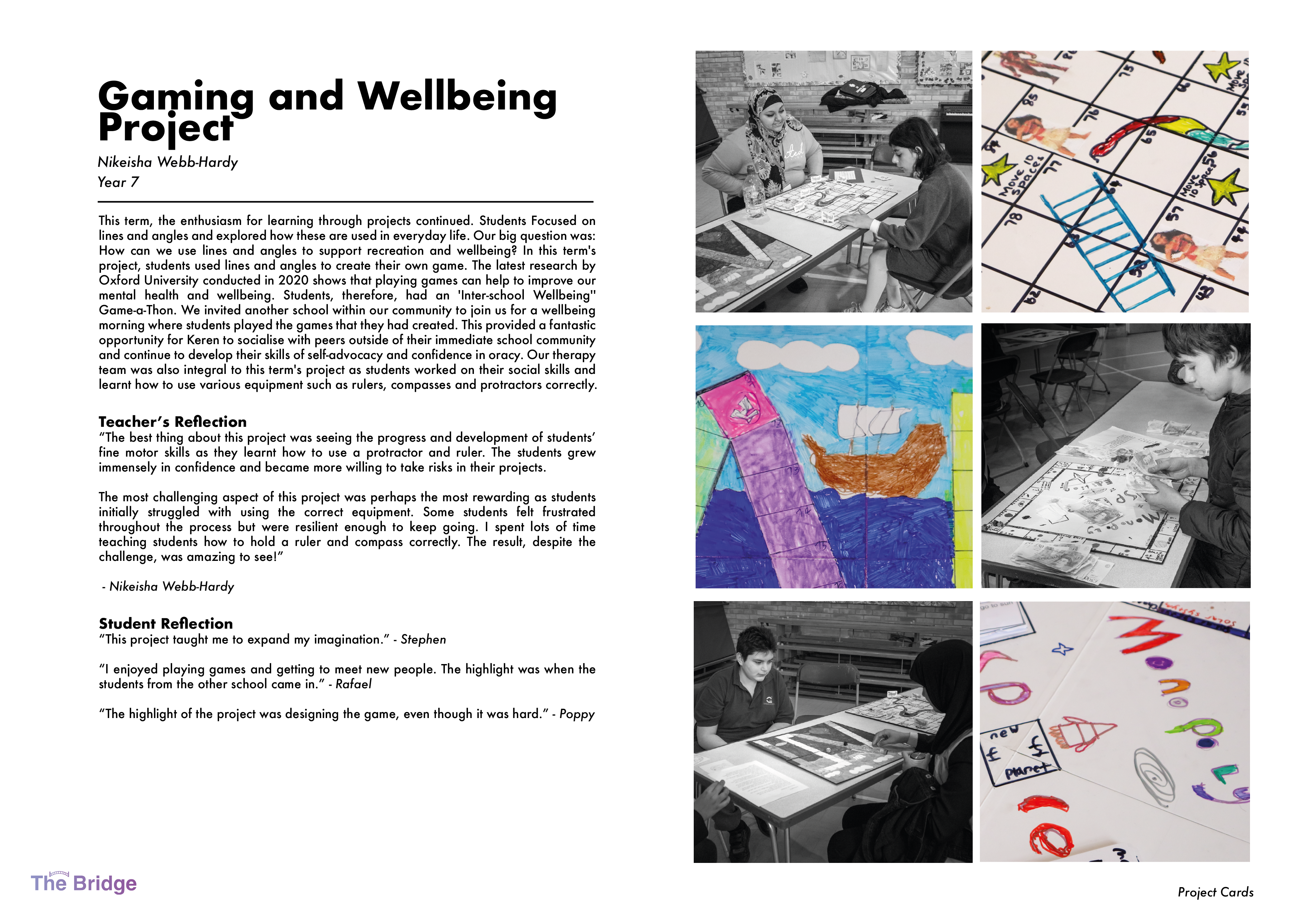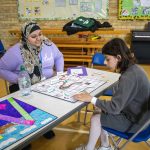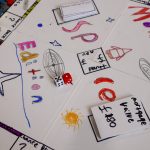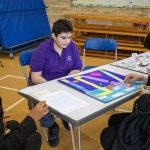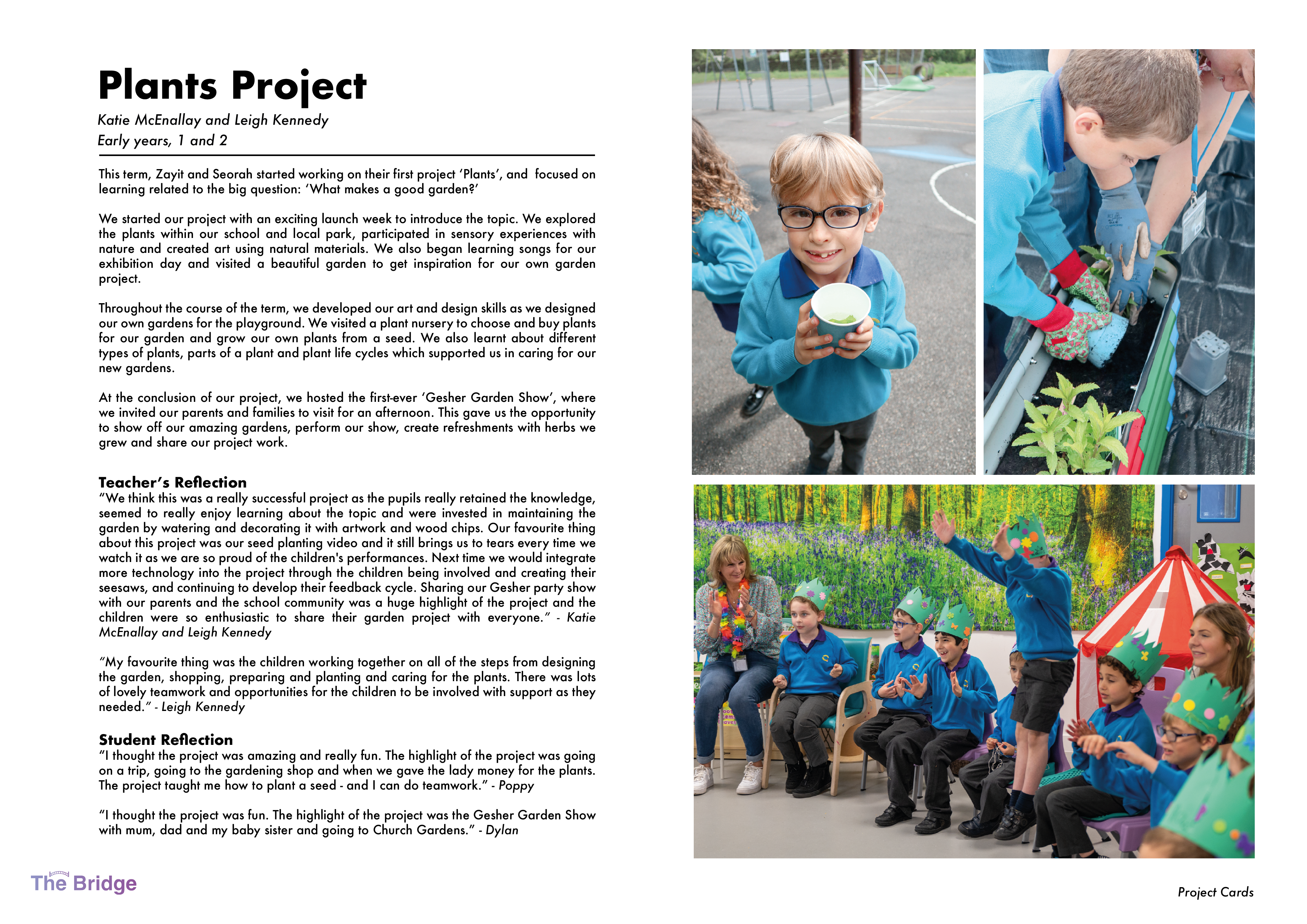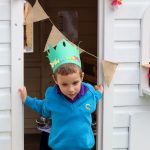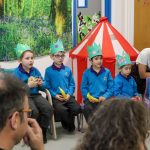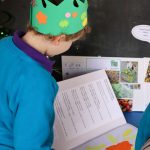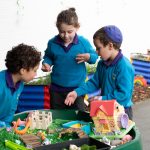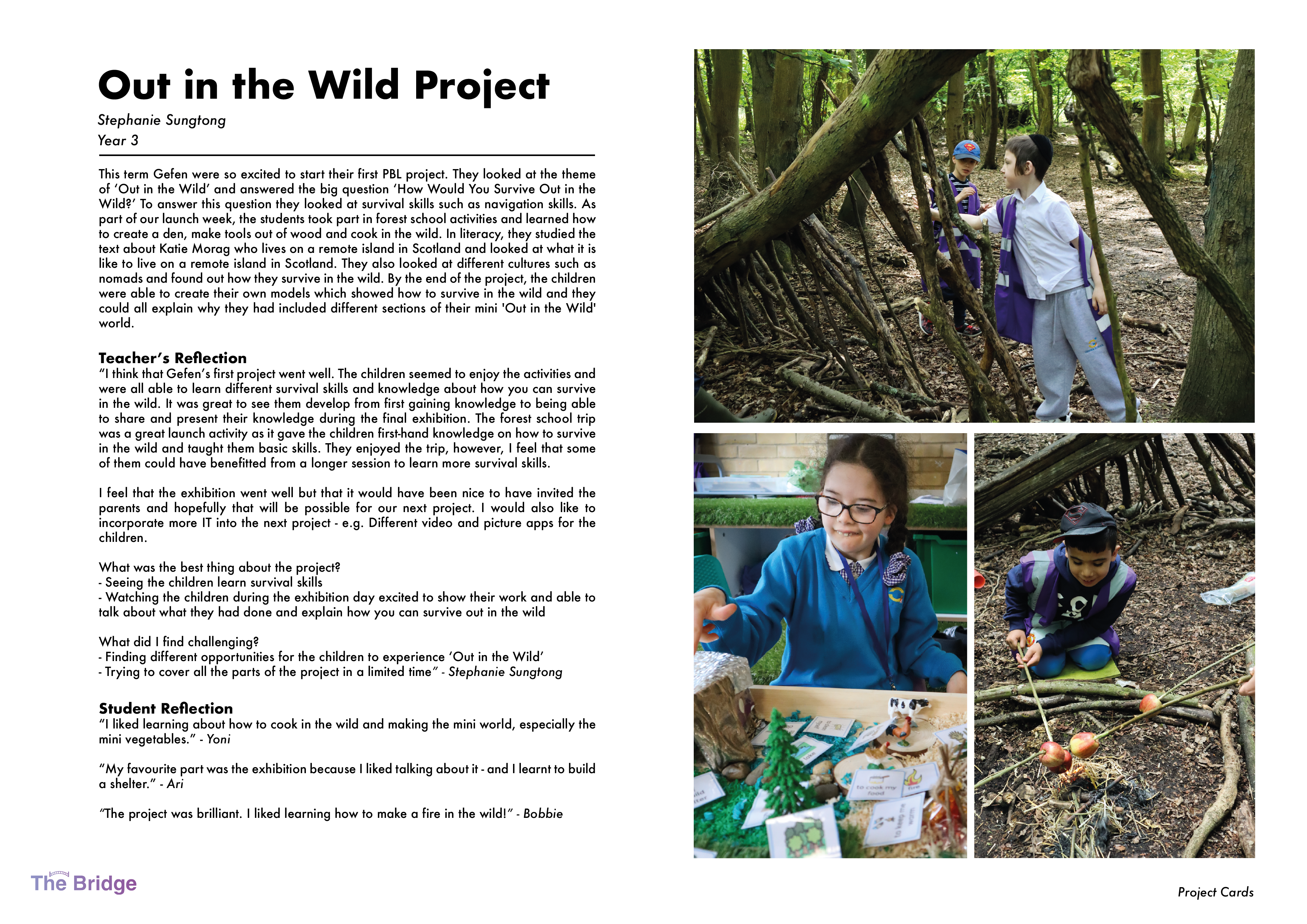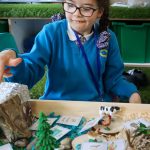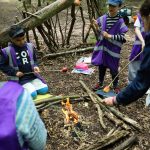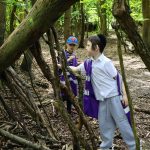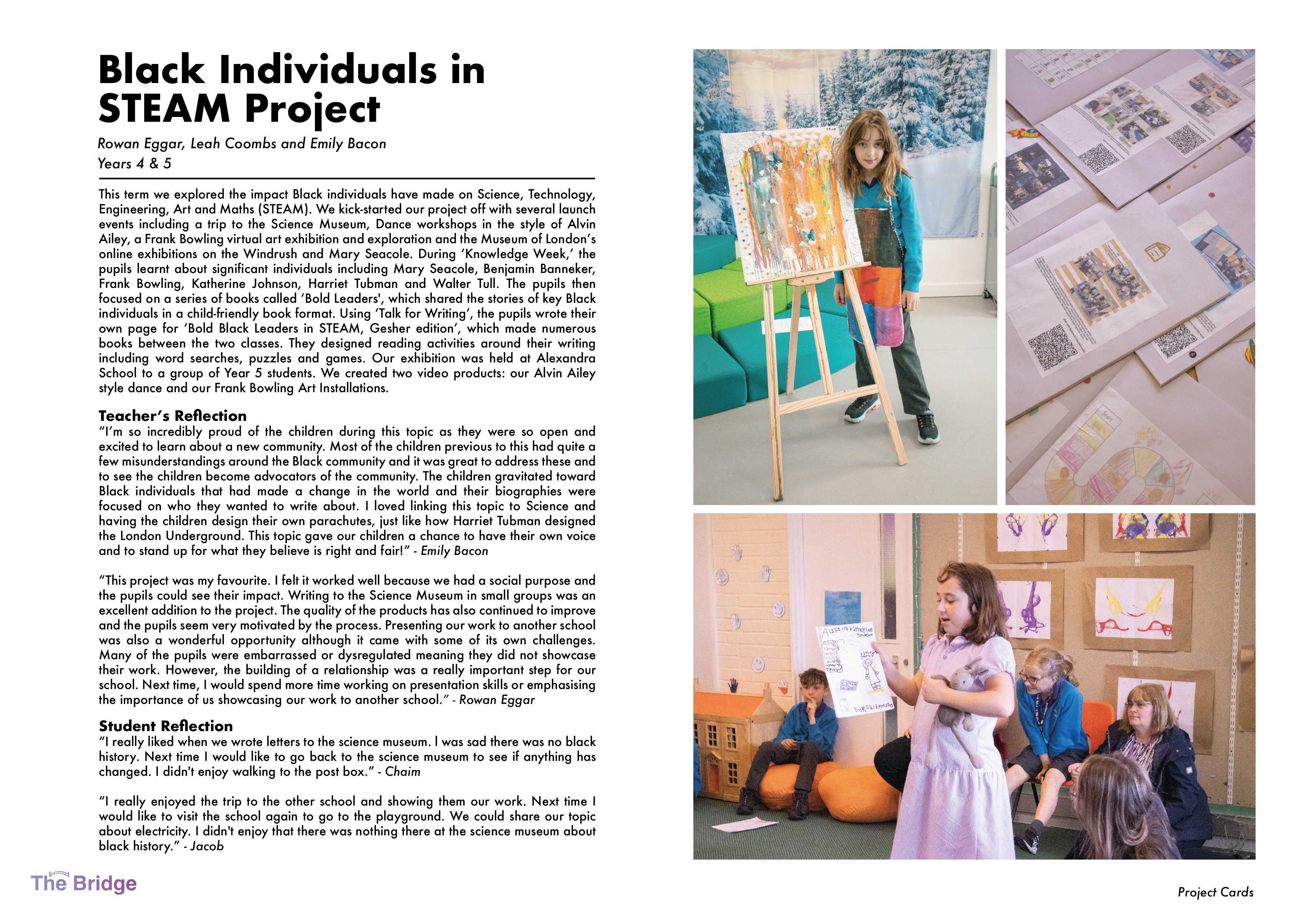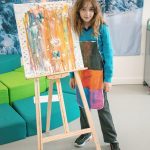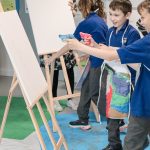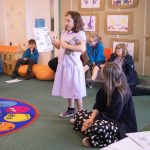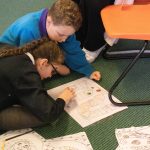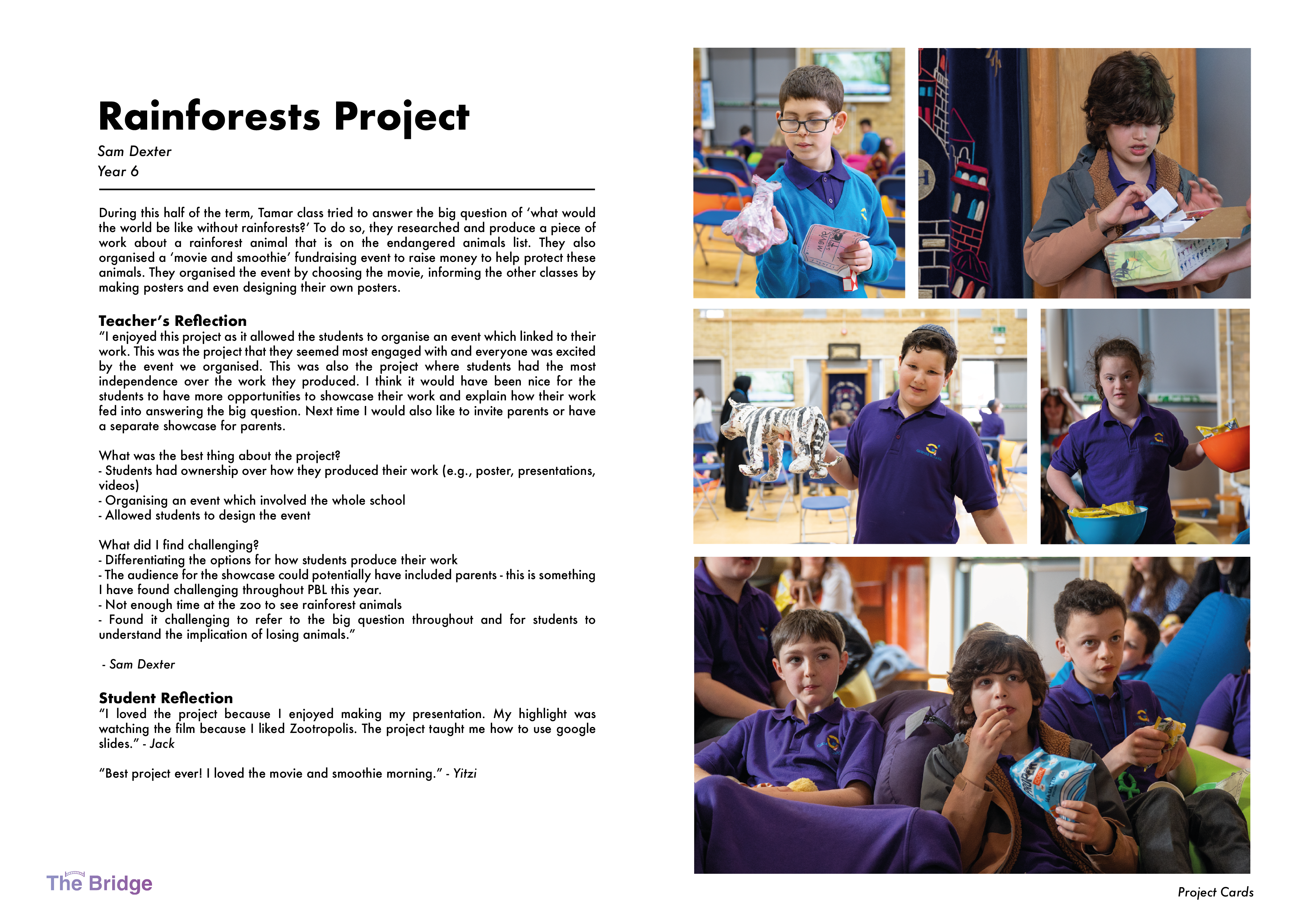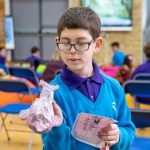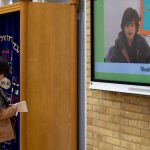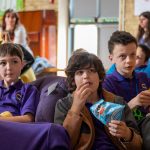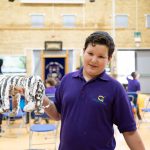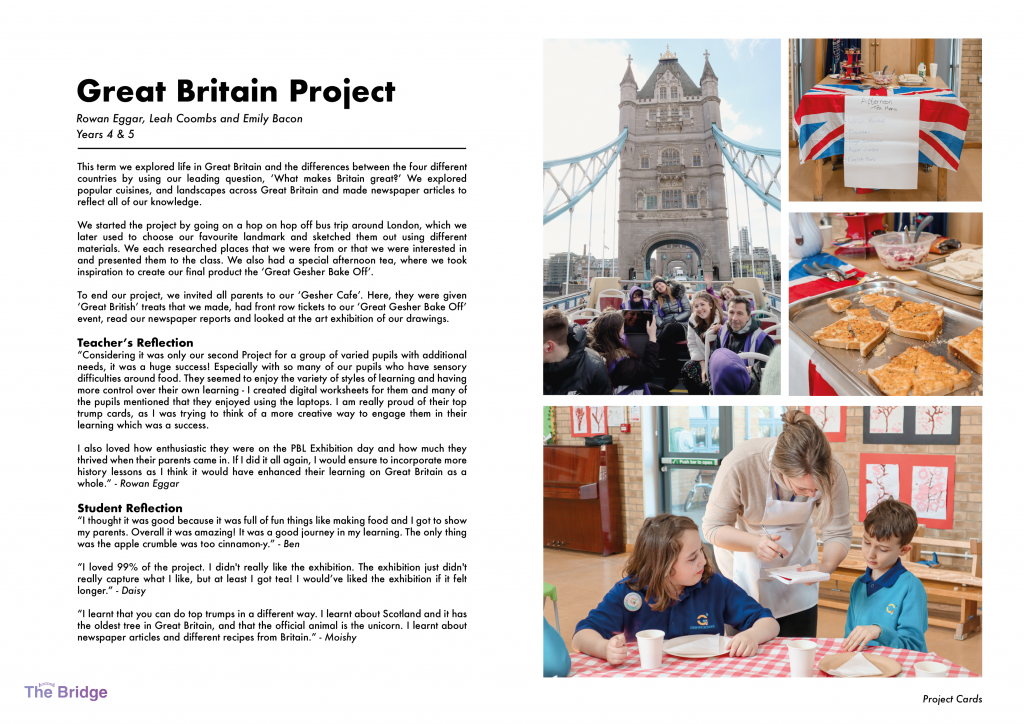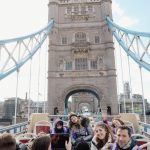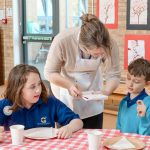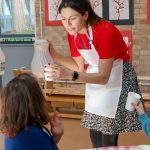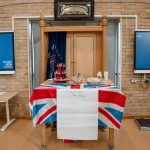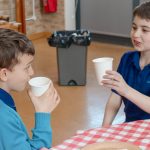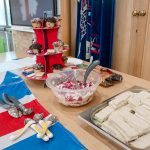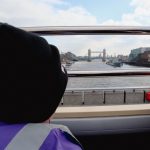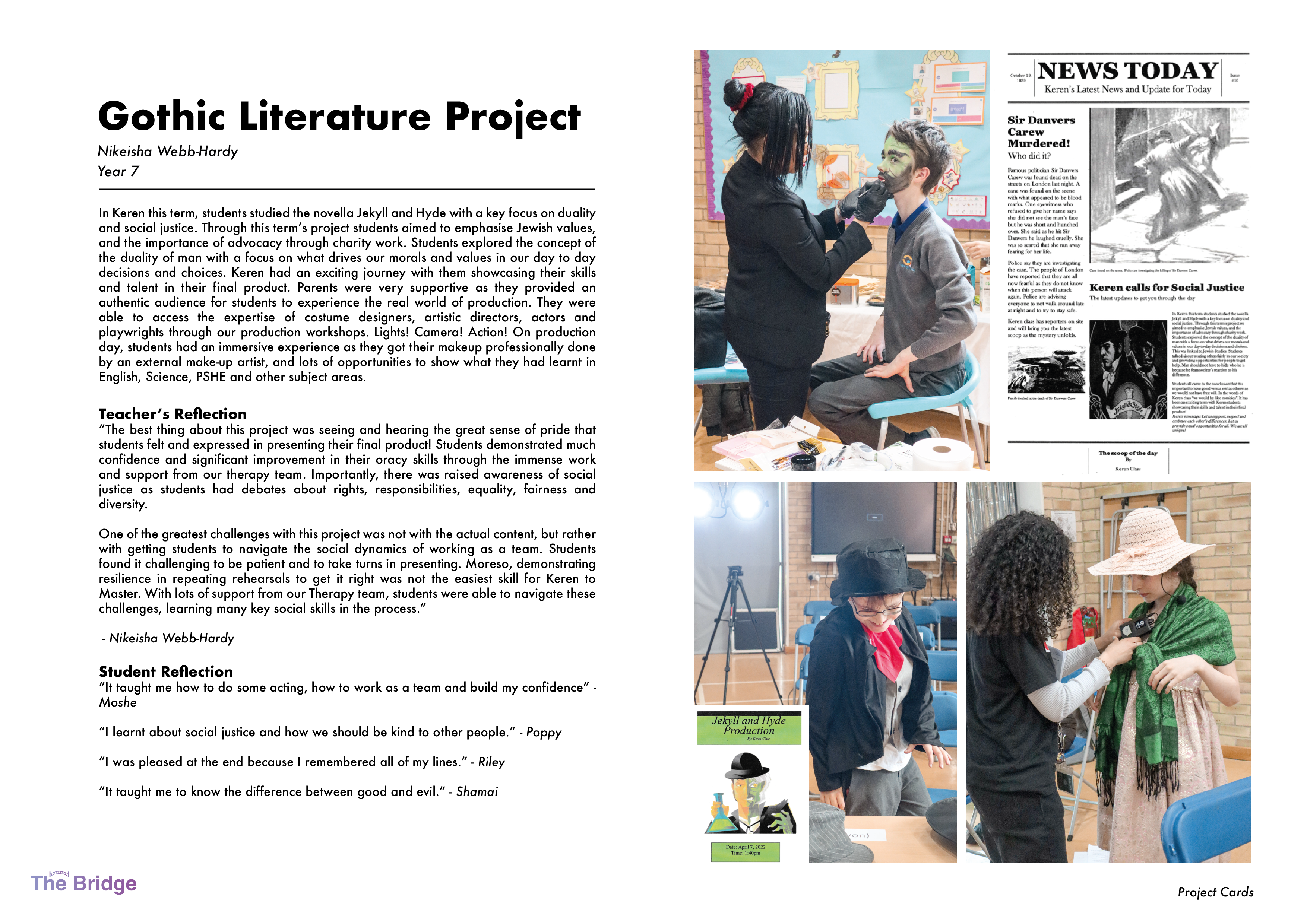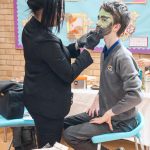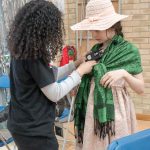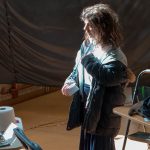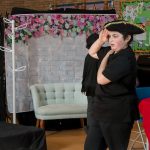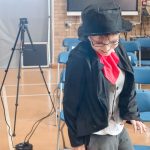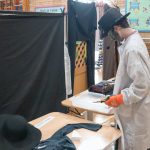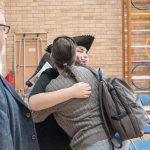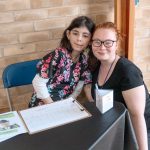By Sarah Sultman, Co-Founder Gesher School.
Chagigat Siddur is very much a right of passage in our Jewish community schools, a junior coming of age experience where children receive their first siddur or prayer book.
I can remember my own in 1984, aged eight, decorating my blue Singer’s siddur with watermelon stickers and pieces of felt. I can remember my daughters’ and the colourful shiny wrapping paper we selected together to cover their new siddur.
This ceremony has always been a part of the school year to mark the point in a child’s life when having learnt tefilot – how to pray – in the classroom, they are given their own siddur. It is a statement from the older generation of teachers and parents to the pupils that says: ‘Your prayers are yours and relevant to you, G-d is there for you for you to have a relationship with, and so now you have reached an age when it is yours to own’.
I still, to this day, have my Singer’s siddur with the watermelon.
A siddur for everyone
For many of our children at Gesher, accessing the text of the siddur is not possible. In school, we use a ‘picture exchange communication system’ with ‘widgets’ – or pictorial symbols – instead of text to help pupils understand what’s being asked of them and for them to express what they’d like to do or say.
And so last month, Gesher staff and pupils were delighted to welcome the Chief Rabbi for a very special Chagigat Siddur where we shared a new Siddur Lakol, meaning ‘Siddur for Everyone’.
The first prayer book of its kind for any faith, the Siddur Lakol is thoughtful, inclusive and designed with careful colours, easy-to-read font sizes and Hebrew transliterated into English so that anyone can follow spoken Hebrew prayer.
Importantly, and uniquely, the whole siddur has been fully translated into widgets so children can fully understand their dialogue with G-d through prayer.
Making prayers accessible to all
The Siddur Lakol comes from an unprecedented collaboration of community organisations including Gesher that want to make tefillah – prayers – accessible to all.
What is beautiful about Siddur Lakol is that it is not just aimed at those with learning difficulties but all mainstream children can use it. In conversations with the United Synagogue who commissioned this new version for their shuls – synagogues – and schools, we talked about how wonderful it would be if all young children started with this siddur. That way, as the majority grow up and no longer need it, they will have received their first education in an inclusive way that supports them to be more thoughtful children and adults.
For those with learning needs, it is the first time they will have a dedicated prayer book that they can access and engage with. And, as a friend said to me, “What about all the people who come to shul sporadically, cannot read Hebrew and have no clue what is being said?” – perhaps they too could dip into Siddur Lakol and find that a service begins to hold more meaning for them too.
Prayer provides routine and structure. It is personal, it can be meditative and reflective, it can be joyful and uplifting and it can be comforting. It would be wonderful if Siddur Lakol might inspire other faith-based communities to think about their own prayer books and resources to be more inclusive to all.
My hope is that the pupils at Gesher treasure their siddur the same way I did mine and that all of their prayers be listened to and answered.
